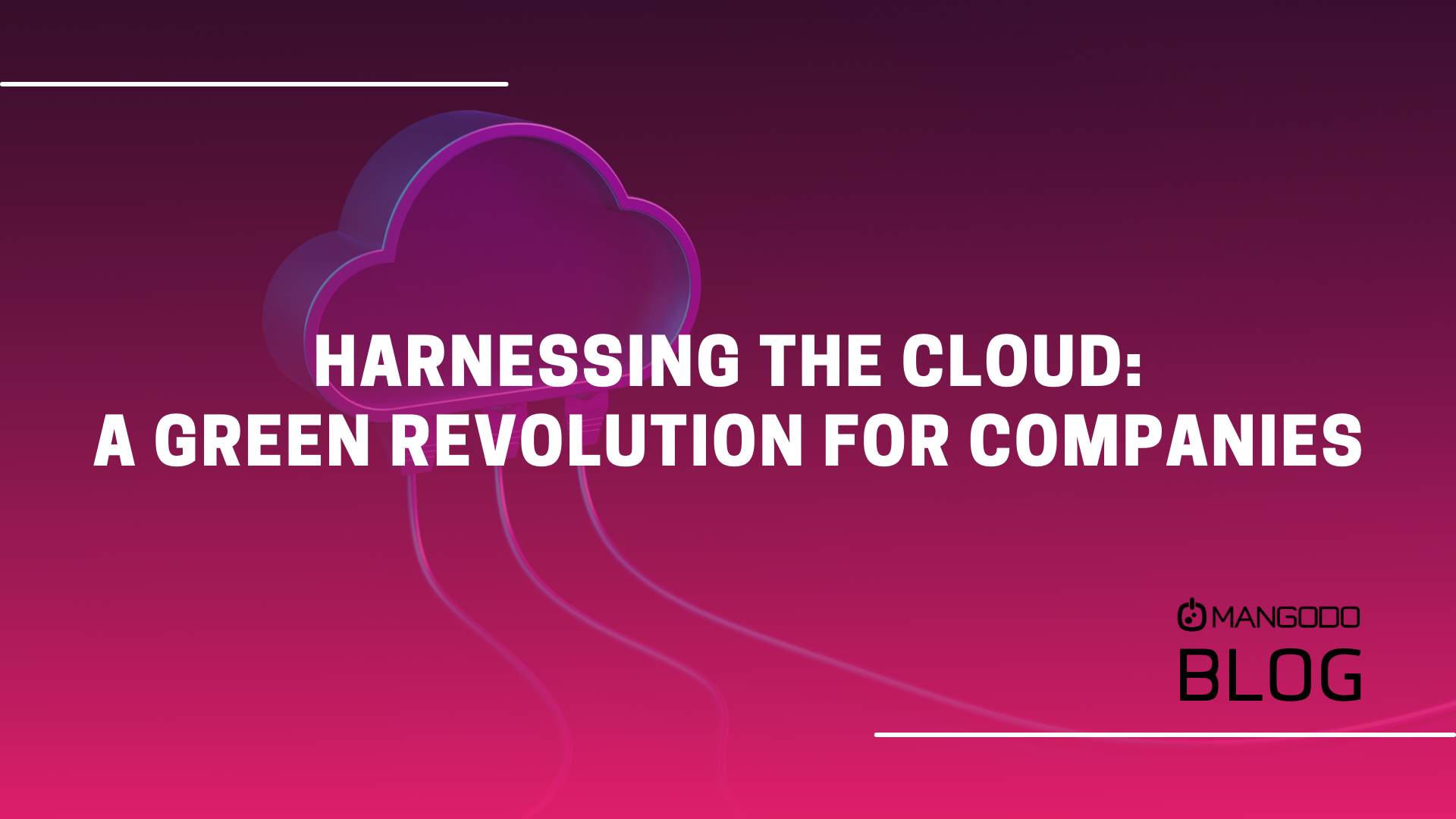Harnessing the Cloud: A Green Revolution for Companies
In an era where environmental sustainability is no longer a choice but a responsibility, businesses are increasingly seeking innovative ways to reduce their carbon footprint. One powerful solution that has emerged as a game-changer is cloud computing. By migrating to the cloud, companies can not only optimize their operations but also contribute significantly to a greener planet.
1. Energy Efficiency:
Traditional on-premise data centers demand substantial energy consumption for both operation and cooling. In contrast, cloud service providers invest heavily in state-of-the-art data centers designed for energy efficiency. These facilities are often located in regions with access to renewable energy sources, minimizing the overall environmental impact. By leveraging the cloud, companies can indirectly benefit from these eco-friendly practices, reducing their energy consumption and, consequently, their carbon emissions.
2. Resource Optimization:
Cloud computing enables companies to scale their resources according to demand. Unlike traditional infrastructure, where servers must be provisioned for peak loads, cloud services allow businesses to pay only for the computing power they use. This flexibility not only enhances cost-effectiveness but also reduces the need for excess hardware, leading to lower electronic waste and a more sustainable IT infrastructure.
3. Virtualization and Server Consolidation:
Cloud platforms leverage virtualization technologies, allowing multiple virtual servers to run on a single physical server. This consolidation reduces the number of physical servers needed, leading to decreased power consumption and a smaller physical footprint. By optimizing server usage, companies can cut down on hardware requirements, ultimately reducing electronic waste and minimizing the ecological impact of IT operations.
4. Remote Collaboration and Telecommuting:
Cloud-based collaboration tools and applications facilitate remote work and telecommuting, reducing the need for daily commutes and lowering carbon emissions associated with transportation. By enabling employees to work from anywhere, companies can contribute to a significant reduction in their overall ecological footprint.
5. Sustainable Software Development:
Cloud computing supports the development and deployment of applications through platform-as-a-service (PaaS) and infrastructure-as-a-service (IaaS) models. This allows companies to focus on writing efficient and sustainable code, as cloud providers handle the underlying infrastructure. Sustainable software practices, combined with cloud deployment, contribute to energy savings and a more eco-friendly software development lifecycle.
6. Continuous Monitoring and Optimization:
Cloud providers offer robust tools for monitoring resource usage and performance. By continuously analyzing these metrics, companies can identify opportunities for optimization, ensuring that resources are used efficiently. This proactive approach not only enhances performance but also minimizes unnecessary resource consumption, aligning IT operations with green initiatives.
As the world grapples with environmental challenges, businesses must play a pivotal role in adopting sustainable practices. Cloud computing emerges as a powerful ally, offering not only technological advantages but also a pathway to greener, more environmentally responsible operations. By migrating to the cloud, companies can reduce their energy consumption, optimize resource usage, and contribute to a sustainable future. Embracing the cloud isn't just a technological evolution; it's a commitment to a greener, more eco-conscious world.
